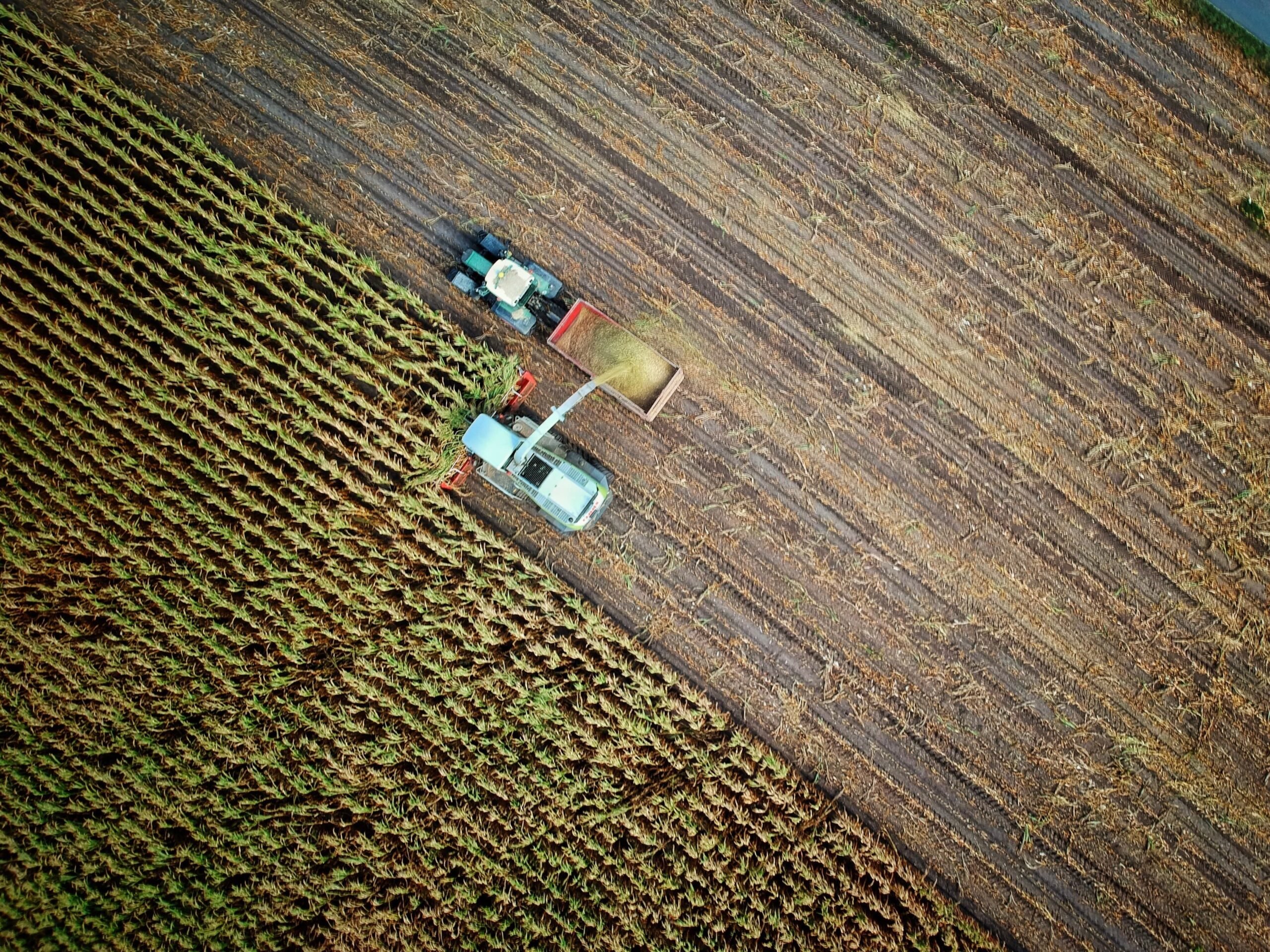Download our publication on clean air today
This article is part of our publication ‘Clean air’.
Download nowPerspective
Air pollution


According to EU figures, up to 50 per cent of particulate matter in cities may originate from ammonia. 95 per cent of ammonia emissions derive from agricultural production, and about 80 per cent of ammonia emissions in the EU originate from just 4 per cent of the farms in Europe.
The Danish agricultural production is very intensive with large industrial farms and substantial animal production. Since the 1980s, Danish farmers have managed to reduce ammonia emissions per animal unit produced. Despite a 60 per cent increase in pig production from 1985 to 2005, ammonia emissions from Danish agriculture decreased by about 25 per cent. From the 1990s to mid ‘00s, the reduction in ammonia emissions was mainly driven
by a pressure to respond to the increasing awareness about eutrophication of aquatic environments. Later, ammonia became a concern of its own, resulting in the Livestock Act from 2007 targeted to reduce ammonia. The regulation has brought along a strong technology development within the Danish agricultural sector.
Today, all stages that leads to emissions of ammonia from the agricultural production are somehow regulated. Except for very small farms, all new stables need an environment permit to operate. To achieve this permit, the farm must take measures to reduce ammonia emissions by 30 per cent as a total for the farm, compared to a given reference system.
Already in the 1987, the first Danish Action Plan on the Aquatic Environment came, introducing many policies and measures on manure handling. In the 2000s, low-hanging fruits like a ban on broad spreading of manure entered into force as well as a requirement to cover manure storages and restrictions to incorporate manure in the soil. It is essential to regulate the management of manure to balance the overall nitrogen uptake from crops and reduce emission to air and water.
Substantial efforts have been made by agricultural research institutes to develop the best available techniques for optimising manure management. A dedicated support scheme is available to promote the development, testing and demonstration of new solutions and techniques.

This article is part of our publication ‘Clean air’.
Download now